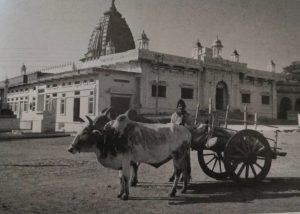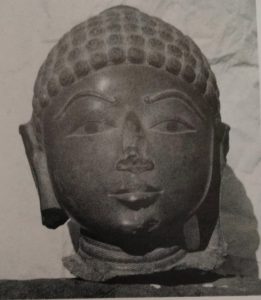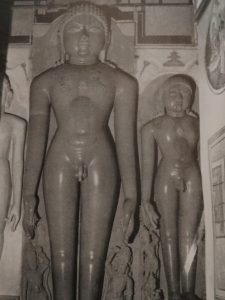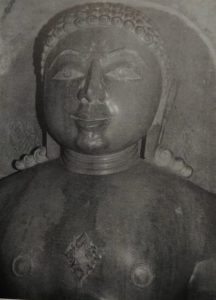Ahar
 Some time during the 11th of the Chandella rulers of Khajuraho, who reign=11511 to 1241, developed a liking for Ahar, a rurement about ninety-five kilometres as the crow west of Khajuraho, and twenty kilo- metres to the south-east of Tikamgarh.
Some time during the 11th of the Chandella rulers of Khajuraho, who reign=11511 to 1241, developed a liking for Ahar, a rurement about ninety-five kilometres as the crow west of Khajuraho, and twenty kilo- metres to the south-east of Tikamgarh.
They had the vision of beautifying this historic place of Jaina worship by building temples and laying out ponds. Judging by the comparatively limited remains, Ahar must have been a haven of beauty and solitude, and was, one should think, a contrast to the ‘erotic’ Khajuraho of that bygone age. It is still a peaceful and picturesque refuge.
limited remains, Ahar must have been a haven of beauty and solitude, and was, one should think, a contrast to the ‘erotic’ Khajuraho of that bygone age. It is still a peaceful and picturesque refuge.
The nearest highway is a long distance away. But only one temple tower reminiscent of Khajuraho could be restored  (above). On entering the compound, the visitor beholds what appears to be one large temple surrounded by a high wall. A closer view, however, reveals a compact group of buildings comprising several shrines and an important museum. The Jina in the sanctum of the main temple at Ahar is a Shantinatha of imposing height. In all, Ahar is a place worthy of a monograph.
(above). On entering the compound, the visitor beholds what appears to be one large temple surrounded by a high wall. A closer view, however, reveals a compact group of buildings comprising several shrines and an important museum. The Jina in the sanctum of the main temple at Ahar is a Shantinatha of imposing height. In all, Ahar is a place worthy of a monograph.
Ahar, general view of temple-complex.
Head of a Jina. Ahar Museum
Ahar, two Adinatha images in standing medita- tion pose. In the palm of each hand they hold a dharmachacra (‘wheel of the law’). The marble statue, seen on the left, is a modern replacement.
(below), Close-up of the Jina on the right. The expression of the face is not one of withdrawal from but rather of being fully awake to the world.
The god of the followers
of the Arhats
is to be represented as
young and beautiful, having
a peaceful countenance
and the ‘shrivatsa’-mark
on his chest.
A sentence from the earliest datable evidence laying down standards for a Tirthankara image. After U. P. Shah in Jaina Art and Architecture, Delhi 1975. Vol. III, 466.